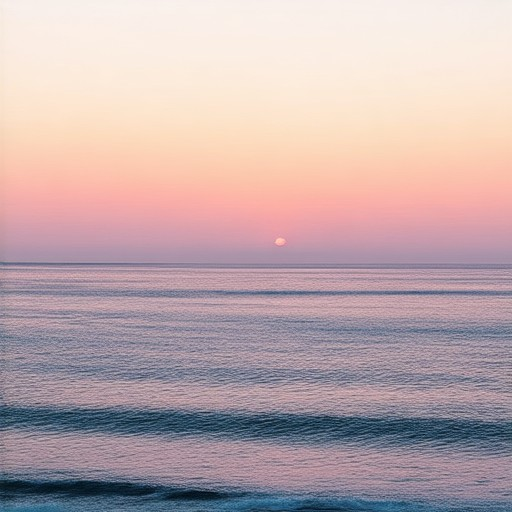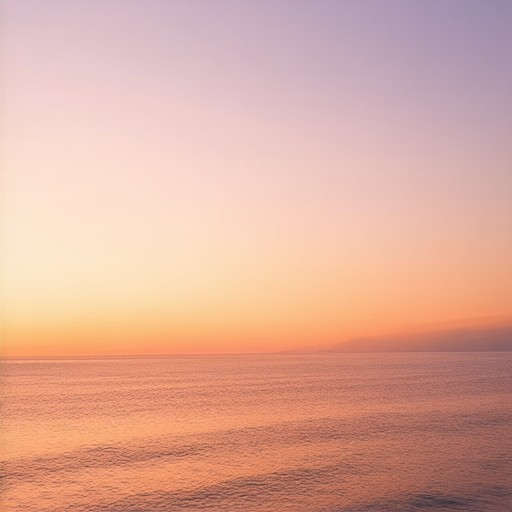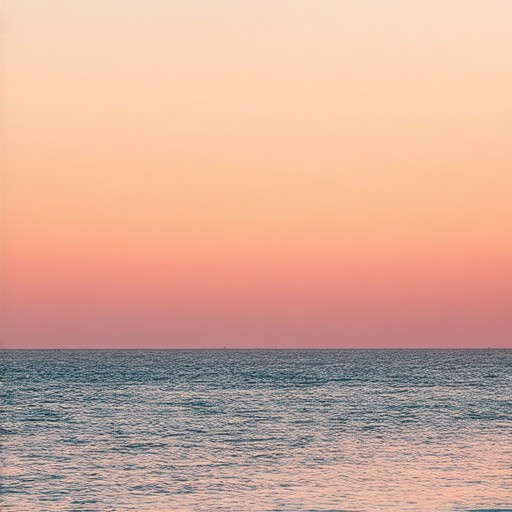Discover the art of capturing breathtaking coastal landscapes with our ultimate guide to exceptional seascape photography. Whether you’re a seasoned photographer or just beginning, exploring the world of seascape photography offers endless opportunities to create stunning visuals that inspire and captivate. From selecting the perfect moments to photographing seascapes to mastering composition techniques and understanding key photography rules, this guide delves into everything you need to know to elevate your skills. Explore expert tips on choosing the best times and locations, applying the rule of thirds, leveraging the golden ratio, and optimizing light and composition to craft mesmerizing coastal scenes. Packed with practical advice and real-world applications, this comprehensive resource is designed to inspire and equip you with the knowledge and tools to create exceptional seascape photography that stands out.
Key Takeaways
– Master Composition Techniques: Utilize leading lines, symmetry, and the rule of thirds to create captivating and balanced seascape photographs.
– Leverage Light and Color: Pay attention to light interactions and color palettes to evoke mood and atmosphere in your shots.
– Apply the 3-1 Rule: Position your subject strategically within one-third of the frame to draw attention and leave two-thirds for visual breathing room.
– Focus on Four Pillars: Ensure your photos excel in composition, lighting, camera settings, and subject matter to create impactful and memorable images.
– Practice Patience and Observation: Capture fleeting moments of perfect lighting and timing to create exceptional photography opportunities.

How to Take Pictures of Seascapes
To capture stunning seascapes, follow these essential steps:
- Choose the Right Equipment
- Camera : A high-quality smartphone or a DSLR camera with a wide-angle lens works well.
- Tripod : Essential for stability, especially for long exposures.
- Neutral Density (ND) Filter : Reduces the amount of light entering the lens, allowing longer exposures without excessive motion blur.
- Plan Your Shot
- Timing : Shoot during low tide for exposed sandbars and calm waters, or during golden hours (sunset/sunrise) for vibrant colors.
- Location : Find secluded beaches or coastal areas with unique features like rock formations or smooth water surfaces.
- Set Up Your Camera
- Manual Focus : Switch to manual focus for precise control.
- Aperture Priority : Set a low aperture (e.g., f/16) to keep the scene sharp.
- White Balance : Choose ‘Shade’ or ‘Sunny Day’ to preserve natural colors.
- Capture the Moment
- Long Exposures : Use ND filters to extend shutter speeds to 10-30 seconds.
- Burst Mode : For fast-moving subjects like waves, use burst mode.
- Silhouette Shots : Experiment with backlighting to create dramatic silhouettes.
- Composition Techniques
- Leading Lines : Utilize rocks, waves, or other elements to guide the viewer’s eye.
- Rule of Thirds : Place key elements a third of the way into the frame.
- Foreground Interest : Add depth with boats, rocks, or other elements without overcrowding.
- Post-Processing
- Adjust White Balance : Enhance blue tones for a cooler ocean look.
- Noise Reduction : Reduce graininess in long exposures.
- Sharpen : Use tools to enhance clarity without over-sharpening.
- Explore and Share
- Join Communities : Engage with online forums like Sailing Photo Awards for tips and inspiration.
- Experiment : Try different angles and perspectives to refine your style.
By following these steps, you can create captivating seascapes that showcase the beauty of the ocean.
The Rule of 3 in Landscape Photography
The Rule of 3 is a fundamental composition technique in photography that divides the scene into nine equal parts using two horizontal and two vertical lines. These lines intersect at three points, creating a 3×3 grid. The idea is to place the most important elements of your scene at these intersection points or along the lines themselves.
Key Points to Keep in Mind:
- Balance and Symmetry: By placing subjects at the intersection points, you create a sense of balance and symmetry in the photograph, making it more visually appealing to viewers.
- Leading Lines: Use leading lines (the horizontal and vertical lines) to guide the viewer’s eye through the frame, leading them to the most important elements in the scene.
- Visual Weight: Elements placed at the intersection points often appear heavier or more significant to the viewer, emphasizing their importance in the composition.
- Dramatic Contrasts: The Rule of 3 can enhance dramatic contrasts between light and dark areas, adding depth and interest to the photograph.
When to Break the Rule:
While the Rule of 3 is a helpful guideline, it’s important to recognize that there are no strict rules in photography. Sometimes, breaking the rule can create a more dynamic or unique composition. Experiment with different layouts to find what works best for your style and subject matter.
Practical Application:
In landscape photography, the Rule of 3 is particularly useful for organizing foreground, midground, and background elements. For example:
- Place a prominent feature like a mountain peak or tree at the top third of the frame.
- Include a lake or river meandering through the lower third of the frame.
- Add rocks or other elements along the horizontal lines to create movement and interest.
By applying the Rule of 3 thoughtfully, you can create photographs that are both technically sound and aesthetically pleasing, capturing the essence of the landscape you’re trying to convey.

Shutter Speed for Seascape Photography
For stunning seascapes, experiment with slower shutter speeds to capture the dynamic movement of waves. A common recommendation is to use a shutter speed of 1/4 second or longer, sometimes extending to several seconds, to achieve smooth, dream-like water textures.
- 1/4 to 1/15 Seconds: Ideal for capturing subtle wave movements and details in calm waters.
- 1/30 to 1/2 Second: Suitable for medium wave action, blending motion and texture effectively.
- Several Seconds: For dramatic, high-motion shots with a flowing water effect, especially in stormy conditions.
Remember to use a sturdy tripod and consider shooting during the golden hour for soft, diffused light that enhances the serene atmosphere of your seascapes.

The Golden Rule of Landscape Photography
The golden rule of landscape photography revolves around composition, which is often the most critical aspect of capturing a stunning scene. While there isn’t a one-size-fits-all approach, certain principles consistently lead to impactful and memorable images.
- Leading Lines : Utilize elements in the foreground that draw the viewer’s eye toward the horizon, creating depth and guiding the gaze through the frame. This technique is masterfully employed by many renowned photographers like Ansel Adams.
- Symmetry and Balance : Achieve equilibrium by balancing elements on either side of the frame. This could mean symmetrical placement of objects or using lines and curves to create visual harmony.
- Rule of Thirds : Divide the scene into nine equal parts using imaginary grid lines. Placing primary subjects within these intersection points often leads to more dynamic and visually appealing compositions.
- Pattern and Repetition : Look for repeating elements, such as lines, shapes, or textures, to add rhythm and interest to the image. This can be particularly effective in vast landscapes with recurring motifs.
- Light and Shadow : Pay attention to how light interacts with the scene, casting dramatic shadows that add dimensionality and depth. This is often a key factor in creating mood and atmosphere.
- Color Harmony : Consider the color palette to evoke specific emotions. Complementary colors, analogous colors, and monochromatic tones can each yield unique and powerful results.
- Framing : Use edges, rocks, water, or vegetation to frame portions of the scene, isolating significant elements and focusing the viewer’s attention on the most important aspects of the landscape.
- Patience and Observation : Sometimes the best shots come from waiting for the perfect moment—the right lighting, weather conditions, or timing. Stay alert and observant to capture these fleeting opportunities.
By mastering these principles, photographers can better convey the grandeur and serenity of the natural world, creating images that resonate emotionally with viewers.
What are the 4 Essentials to a Landscape Photo?
The essence of a compelling landscape photo lies in its composition, lighting, and storytelling capabilities. Here are the four critical elements:
- Composition : The arrangement of elements within the frame is crucial. Use the rule of thirds, leading lines, and symmetry to guide the viewer’s eye through the scene.
- Lighting : Lighting transforms the mood of the photo. Pay attention to shadows, highlights, and the direction of light to create drama or serenity in your shots.
- Camera Settings : Proper exposure, aperture, and ISO settings are vital. Experiment with low-light conditions, long exposures, and high dynamic range to capture the scene’s nuances.
- Subject Matter : Choose a focal point that draws the viewer’s attention. Whether it’s a mountain range, a lone tree, or a beach, ensure it ties back to the overall theme of the photo.

The 3-1 Rule in Photography
The 3-1 rule, also known as the rule of thirds, is a fundamental photography composition guideline that helps create visually balanced and aesthetically pleasing images. Here’s a step-by-step guide to understanding and applying this rule effectively:
- Place the Subject in One-Third: Position your subject or focal point within the left or right third of the frame. This creates a sense of imbalance and draws the viewer’s eye towards the subject.
- Leave Two-Thirds of Space Empty: The remaining two-thirds of the frame should remain open, often occupied by background elements or negative space. This space allows for visual breathing room and avoids a cluttered appearance.
- Apply Horizontally and Vertically: The rule of thirds works both horizontally and vertically. Use it to frame your subject within the image, ensuring that the composition feels dynamic and engaging.
While the rule of thirds is a versatile tool, it’s important to break free from it when the moment calls for it. Experiment with centering your subject, using leading lines, or employing other compositional techniques to create unique and artistic shots.
By mastering the 3-1 rule, you’ll find yourself capturing more professional-looking photos with ease. Remember, the goal is to guide rather than restrict your creativity!



0 Comments